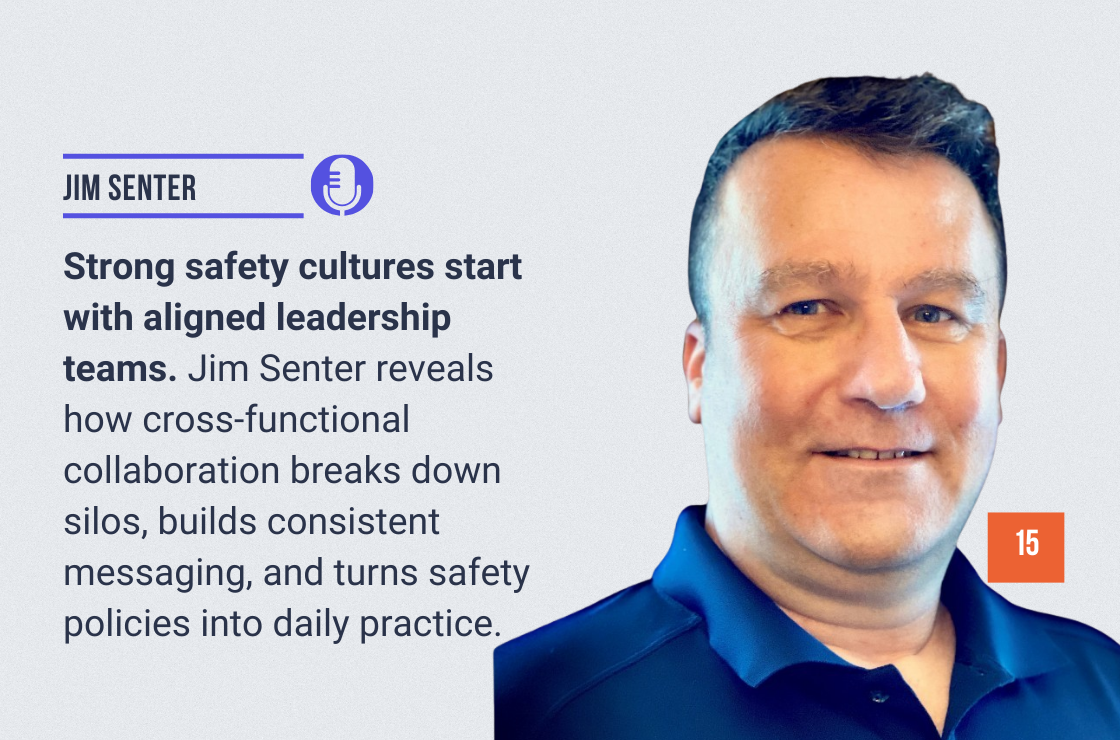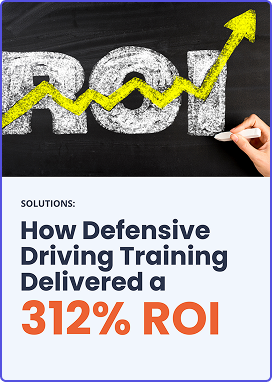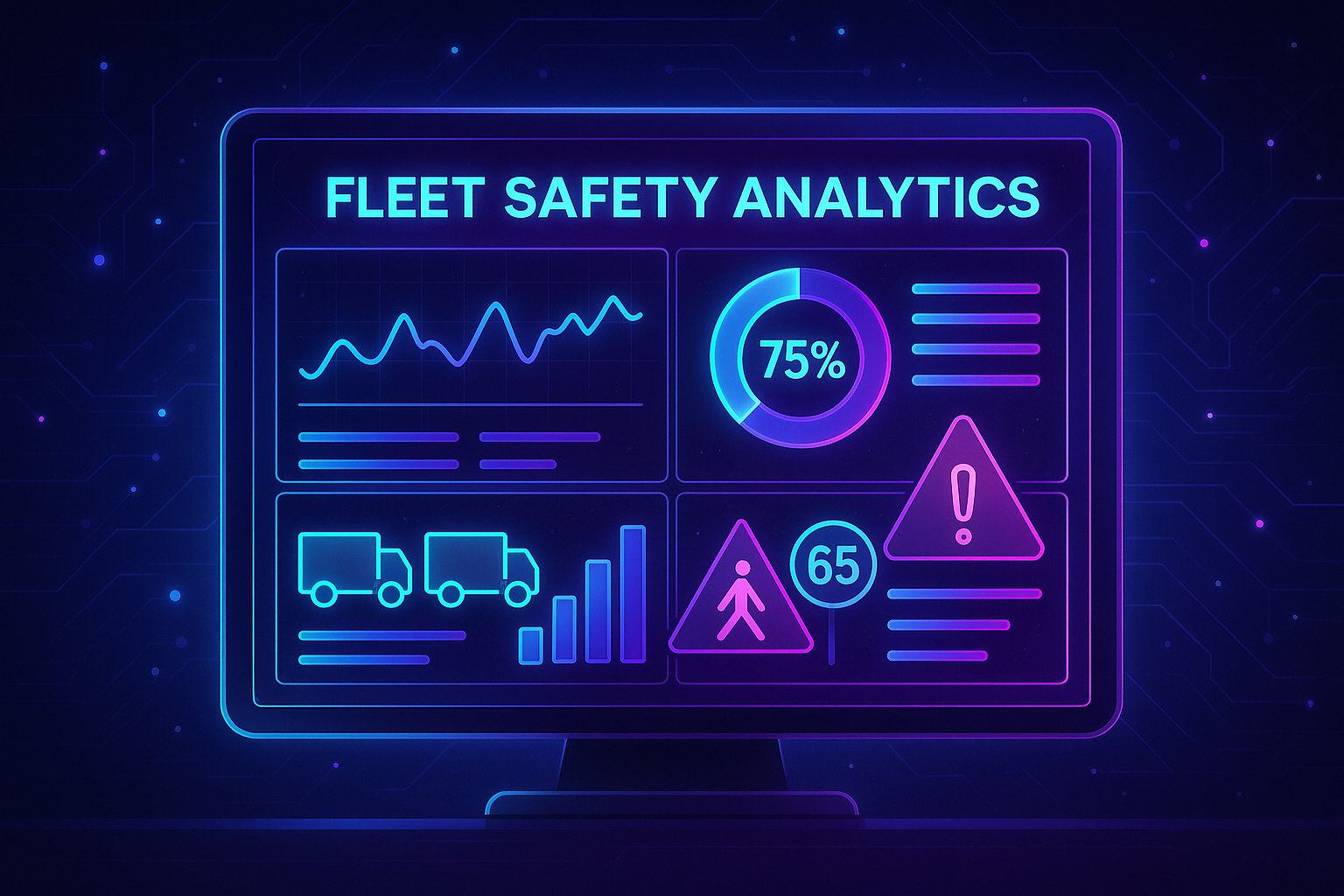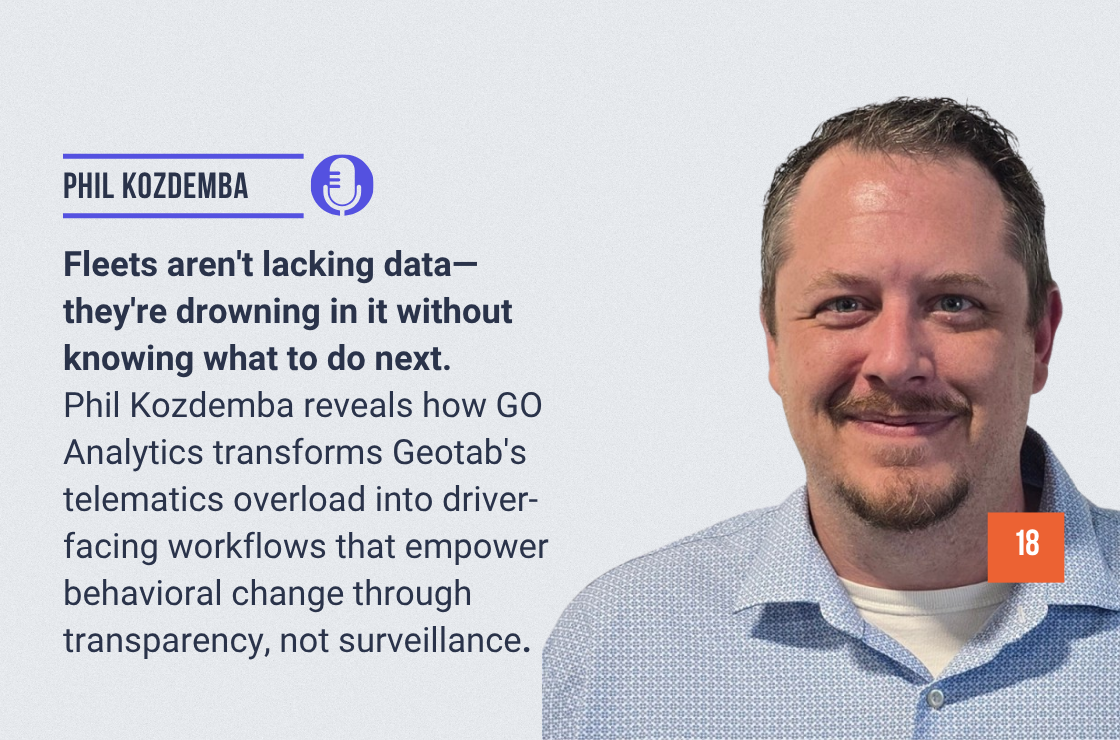
Episode Overview
In this episode of Roadrageous, we sit down with Jim Senter, CSP and Senior Regional EHS Manager at Kellanova. With 15+ years of experience in environmental health and safety, Jim has transformed fleet programs by reframing safety as a shared value instead of a shifting priority.
He shares how his team reduced preventable collisions, turned incident data into coaching opportunities, and leveraged AI dash cams to drive awareness without creating fear.
What You’ll Learn in This Episode
- 2:47 – A winding path into safety leadership
- 3:35 – Life in the field: unique risks on the road
- 6:09 – Measuring and learning from incidents
- 7:37 – Turning data into learning opportunities
- 9:31 – Safety as a value, not a shifting priority
- 13:01 – AI dash cams for self-correction
- 17:30 – Coaching before incidents happen
- 20:14 – Safer driving improves efficiency
- 22:57 – Drowsy driving dangers
- 30:14 – Tailored training by region
- 32:07 – Mentorship & growth for safety leaders
Key Insights from the Conversation
Safety as a Core Value
“Priorities change. Values don’t. Safety must be a value if you expect it to stick.”
Jim ensures that every sales meeting starts with safety—embedding it into culture instead of letting it fade behind sales priorities.
Turning Data into Action
Incidents are reported, anonymized, and shared as lessons—ensuring that data drives team-wide improvement instead of punishment.
Tech as a Coaching Partner
AI telematics and dash cams provide real-time self-correction (e.g., seatbelt alerts, rolling stops). Jim stresses that tech is additive, not a replacement for defensive driving awareness.
Drowsy Driving: The Silent Risk
Distracted driving dominates headlines, but fatigue is just as dangerous. Jim advocates for cultural acceptance of rest—normalizing naps and safe schedules.
Training That Resonates
Programs are adapted by region and season (snow, floods, wildlife) and extended into employees’ families, reinforcing safety beyond the workplace.
Coaching Instead of Catching Mistakes
“Mistakes are opportunities to coach, not reasons to discipline.”
Supportive coaching builds long-term engagement and reduces turnover.
Action Steps for Fleet Leaders
- Treat safety as a non-negotiable value.
- Require incident reporting for every event.
- Share anonymized incident stories for team learning.
- Use AI telematics for real-time self-correction.
- Normalize rest breaks to combat drowsy driving.
- Adapt safety education to local conditions.
- Extend lessons into home and family life.
- Lead with coaching over punishment.
Extended Context: Why This Matters
As highlighted in Mitigation at the Edge, the key to success is closing the loop—moving from raw data to meaningful action.
Jim’s approach shows that when safety is framed as a value, it endures through changing business priorities. This cultural shift not only reduces collisions but also:
- Improves efficiency.
- Builds organizational trust.
- Protects employees and communities.
Conclusion
Jim Senter’s story underscores that safety isn’t compliance—it’s culture. By treating safety as a shared value, supporting drivers with coaching, and leveraging technology responsibly, fleets can create safer environments where people thrive.
When safety is woven into every meeting, every drive, every decision, it becomes second nature—ensuring drivers get home safe and bring that culture of care into their communities.
Connect with Us & the Hosts
Website: improvlearning.com
Podcast Archive: Roadrageous Episodes
On LinkedIn:







